Affiliate links on Android Authority may earn us a commission. Learn more.
Five years later, is eSIM finally ready to take on the world?
Published onOctober 29, 2022
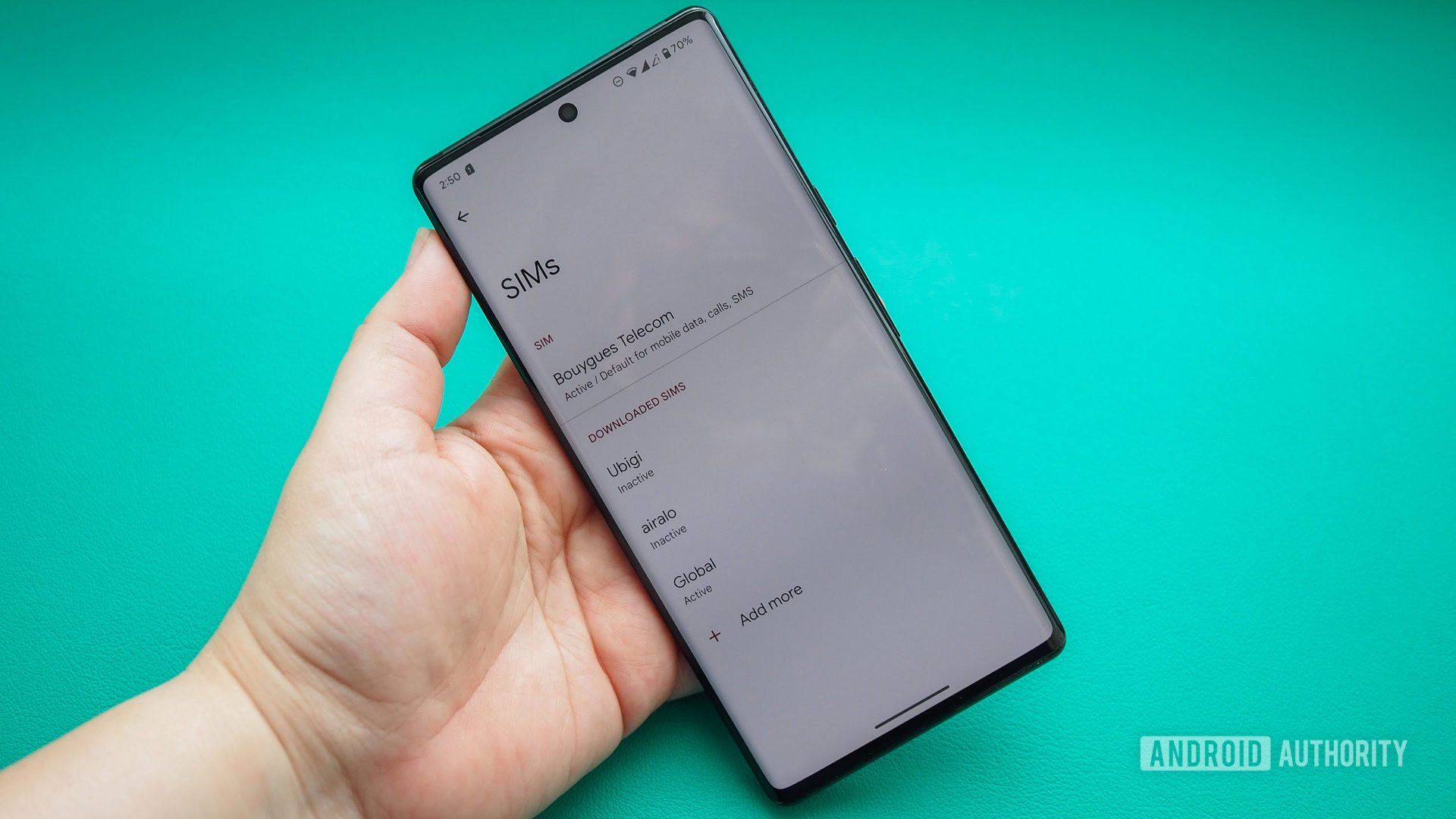
Smartphone technology follows an odd dichotomy. On the one hand, you’ve got bleeding-edge imaging credentials powering some of the best camera phones, more power than you can shake a stick at, and incredible fast-charging advancements. On the other hand, there are SIM card slots. It’s been five years since the advent of the eSIM card on smartphones, and yet the computer in our pockets is still tied down to a plastic tab that hasn’t changed all that much since its debut in 1991. What gives?
Has the eSIM standard finally caught up with the old-school SIM? Why aren’t we all living in a post-SIM card world? Let’s take a closer look at the current state of eSIM adoption.
Have you switched over to eSIMs yet?
Why aren’t eSIMs commonplace yet?
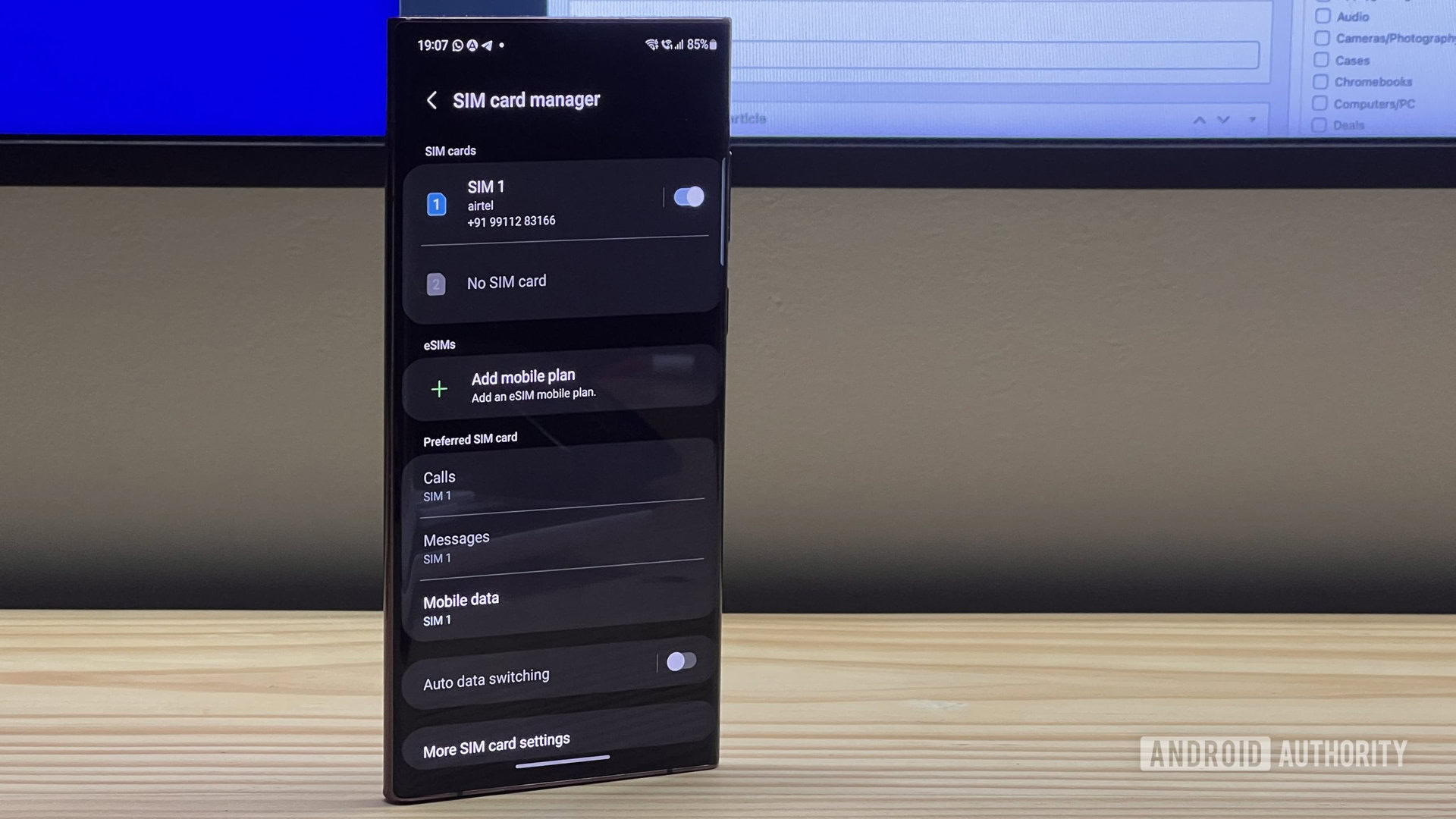
The US leads the charge in setting global tech trends. As a carrier-driven market, US-based operators have been fairly hostile to amping up eSIM adoption. A recent report on the state of the consumer market for eSIMs by GSMA suggests that awareness about the embedded digital format sits at a mere 17% in the US. This figure drops even further for markets like the UK and Canada. Our own poll shows that a mere 26% of the polled audience — which tends to embrace modern tech much more than the average populace — has switched to digital SIM cards.
It’s a bit surprising for a standard that debuted all the way back in 2017 with the Pixel 2 and iPhone X. However, decoding the lack of a flat-out switch over to eSIM cards isn’t rocket science. In fact, the reason is rather straightforward: fear of churn.
eSIMs make switching carriers as simple as swapping Wi-Fi networks.
An eSIM-enabled phone can store multiple SIM cards on the device. It makes switching networks as simple as switching your Wi-Fi network, and that’s anything but convenient for mobile operators. For users in areas with spotty connectivity or rural networks, easier switching to alternative operators means loss of business for major players like Verizon or AT&T. In markets like India, dual-wielding SIM cards for better data, voice, or preferential rates are exceptionally common. Taking away the friction involved in changing physical SIM cards carries the risk of losing a customer, and it’s no secret that operators have been dragging their feet to avoid that.
Setting up an eSIM should be straightforward but ground reality is a bit different.
Theoretically, setting up an eSIM on any network should be as straightforward as pointing your camera at a QR code and activating a line. In practice, that’s rarely true. Verizon’s support page suggests that Android users need to call up a support desk to activate an eSIM. iPhone users have it slightly easier and can directly add the line to the phone through Verizon’s website. Meanwhile, Vodafone requires you to install an app. Finally, the likes of Airtel India ask you to play a game of the fastest finger first by requiring an SMS response within 60 seconds to proceed with adding an eSIM to your line. None of these are as simple as just popping out a tray and plopping in your SIM card.
Meanwhile, as internet-based calling, texting, and video messaging become the norm, carriers are left with increasingly few add-ons to increase revenues. Tack on sky-high spectrum prices for resources like 5G and eSIMs become even less enticing to carriers. Tangential features like premium-priced international roaming plans are yet another profit driver that eSIMs circumvent.
Premium add-ons like international roaming contracts face a tough challenge from travel eSIM services.
When done right, getting started with an international eSIM can be a simple two to three-click process to get you onboarded and ongoing. My colleague Rita and I have had a fantastic experience with travel eSIM services like Airalo. When I tried out Airalo earlier this year, the process took just a few taps indicating that there was no real reason for eSIMs to be complicated. However, for most operators, that just isn’t the case. While hard to quantify, this needless friction has certainly hampered consumer perception of eSIMs.
eSIMs are hard to market

There’s also the problem of marketability. A recent report by Juniper Research states that there will be close to 3.4 billion eSIM-enabled devices by 2025. It is estimated that almost 1.2 billion devices already have eSIM support today. However, consumer awareness remains low, and carriers have had little incentive to drive that change.
Beyond the initial onboarding process and the positive sentiment amongst frequent travelers, carriers and smartphone manufacturers have presented little benefit for end customers to give up their SIM card slots. Most smartphone customers use a phone for two to three years and do not need to swap their SIM after the initial setup. With SIM swapping benefits out of the way, there just isn’t enough incentive for smartphone users to give up the plastic SIM.
Outside of the ease of switching SIM cards, there's no apparent benefit for the average customer.
Even with the recently launched iPhone 14 series, a phone that was launched bereft of standard SIM card slots in the US, there is no apparent benefit with the loss of the ubiquitous format. Sure, the iPhone going eSIM-only might nudge carriers to improve the onboarding process and push customers to swap out their physical SIMs. However, the fact of the matter is that customers don’t gain anything despite losing an essential feature. The added space in the phone should afford customers bigger batteries or better sensors, but instead, all they get is a plastic stub set in place of the SIM tray.
The iPhone 14 going eSIM only is a landmark moment
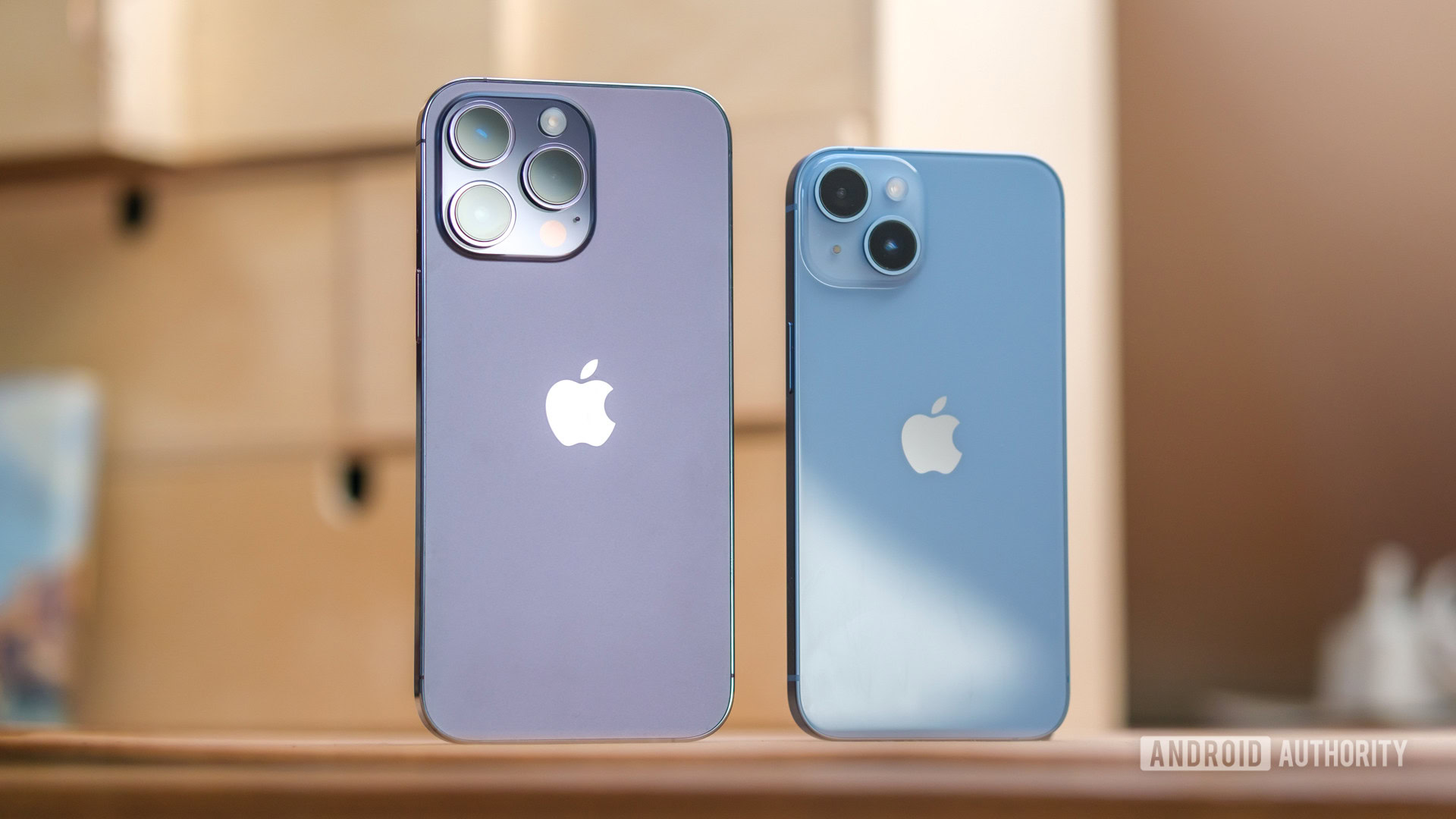
Despite Apple’s unambitious approach towards eSIM adoption, the iPhone 14 going eSIM only in the US could very well be the impetus that was needed to drive sweeping changes across the industry. For one, it represents the start of a transition.
While the US is the first market to see the switchover, it wouldn’t be a stretch to imagine a future where all iPhone models go eSIM only. The iPhone 14 series wasn’t the first to opt for an eSIM-only approach; the Motorola Razr foldable got there first. However, for better or worse, iPhones usually set trends that echo across the smartphone industry. We’ve seen this before with headphone jacks, and historical precedence suggests that Apple’s eSIM gamble will be just the confidence boost Android OEMs need to jump in with their feet first.
The iPhone 14 going eSIM only puts pressure on carriers and smartphone vendors to go all-in on the standard.
Apple’s overwhelming popularity in the North American market also puts pressure on the carriers that were still holding out to introduce eSIM support. Not just that, it incentivizes carriers to improve the onboarding process.
Android 13 sets the stage for mass eSIM adoption
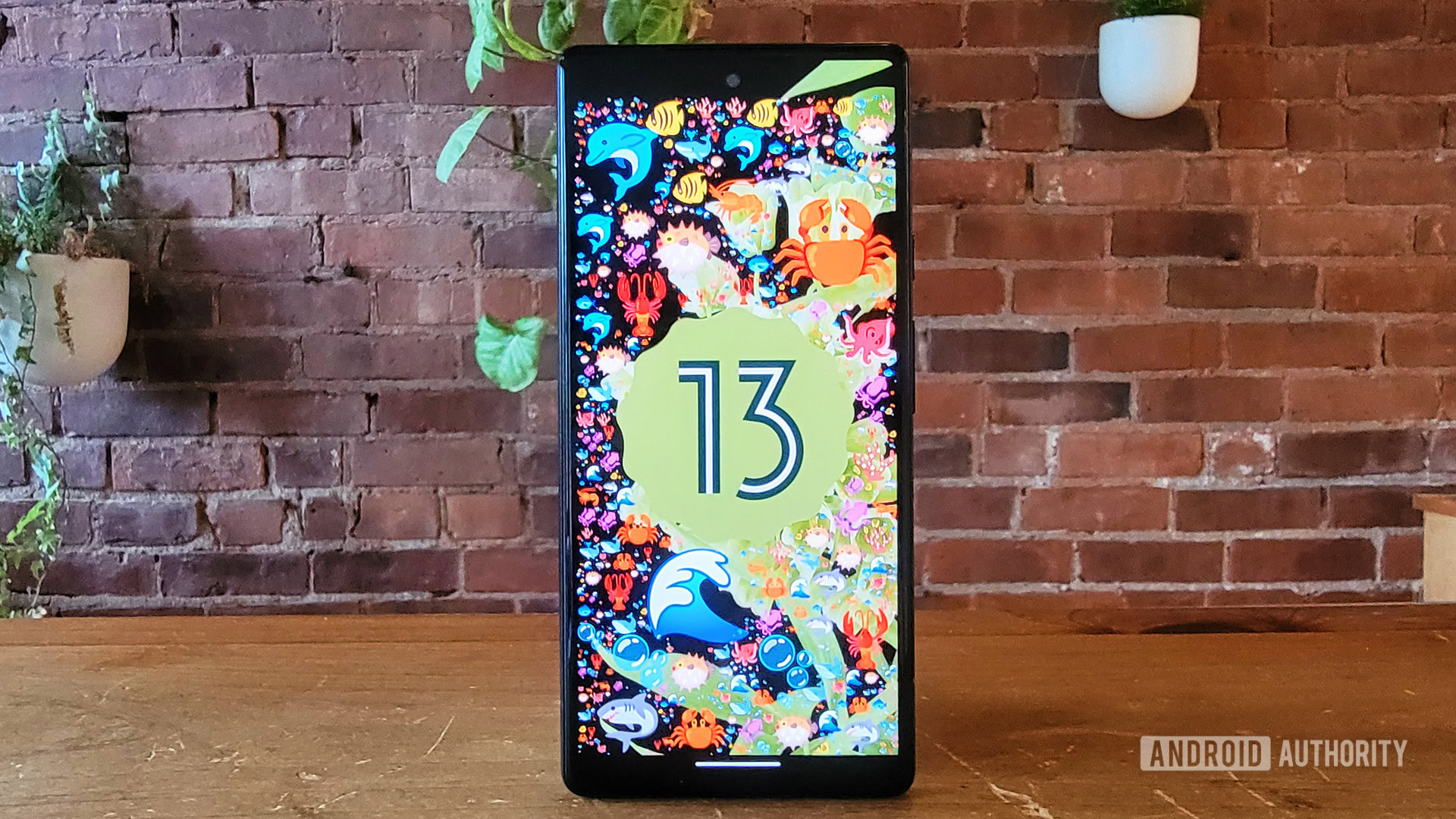
On the Android side of things, Google has made major moves with Android 13 to improve eSIM support. Dual-SIM support is a big deal on Android devices, and so far, it has required adding multiple eSIM hardware modules or sticking to the tried and tested SIM slot plus eSIM hardware configuration. That’s about to change.
With Android 13, Google is finally introducing MEP or Multiple Embedded Profiles support. This will allow a single eSIM module on the phone to support multiple eSIM lines. It saves costs and space inside the phone, and the feature can be easily backported to existing devices. It also makes dual-active eSIM configurations a reality.
MEP support in Android 13 will make dual 5G-enabled eSIMs a reality. That's critical for mass adoption.
While the feature isn’t active on any Android 13-based device just yet, the Pixel 7 series is expected to get it via a future feature drop, and other Pixel phones should get it soon after too. By removing a significant restriction for eSIMs, the door is now wide open for all OEMs to speed up the transition to eSIM cards.
The eSIM problem is technically solved, but the transition needs to be incentivized
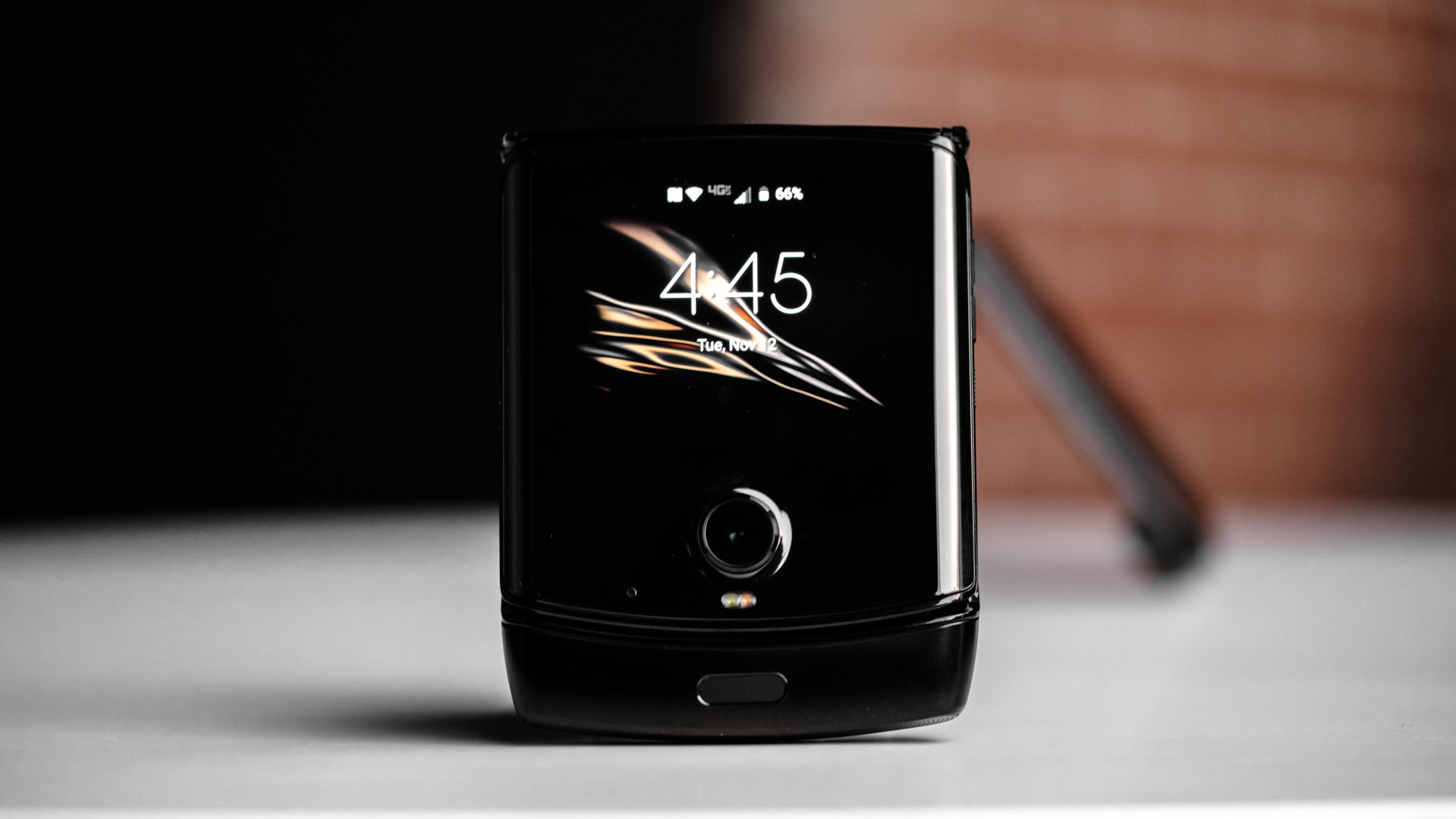
Five years since the launch of the first eSIM-enabled device, most of the technical challenges surrounding the future of SIM cards have been resolved. What does remain is the challenge of consumer education and proper incentives from smartphone manufacturers and carriers to nudge people with the transition.
Technical challenges around eSIMs are largely solved, but smartphone vendors and carriers need to give buyers an incentive to drop the SIM.
While premium smartwatches and phones like the Moto Razr have shown the benefits of eSIM when dealing with compact devices, future phones will need to feature highlights like bigger batteries or larger camera sensors to truly showcase the advantages of giving up the old-school SIM.
Lacking any direct benefits for most customers, the eSIM transition needs to lead by showing distinct hardware advantages than forceful omission. The eSIM is finally ready to go mainstream, but it is up to smartphone manufacturers to convince users that it is worth their time.